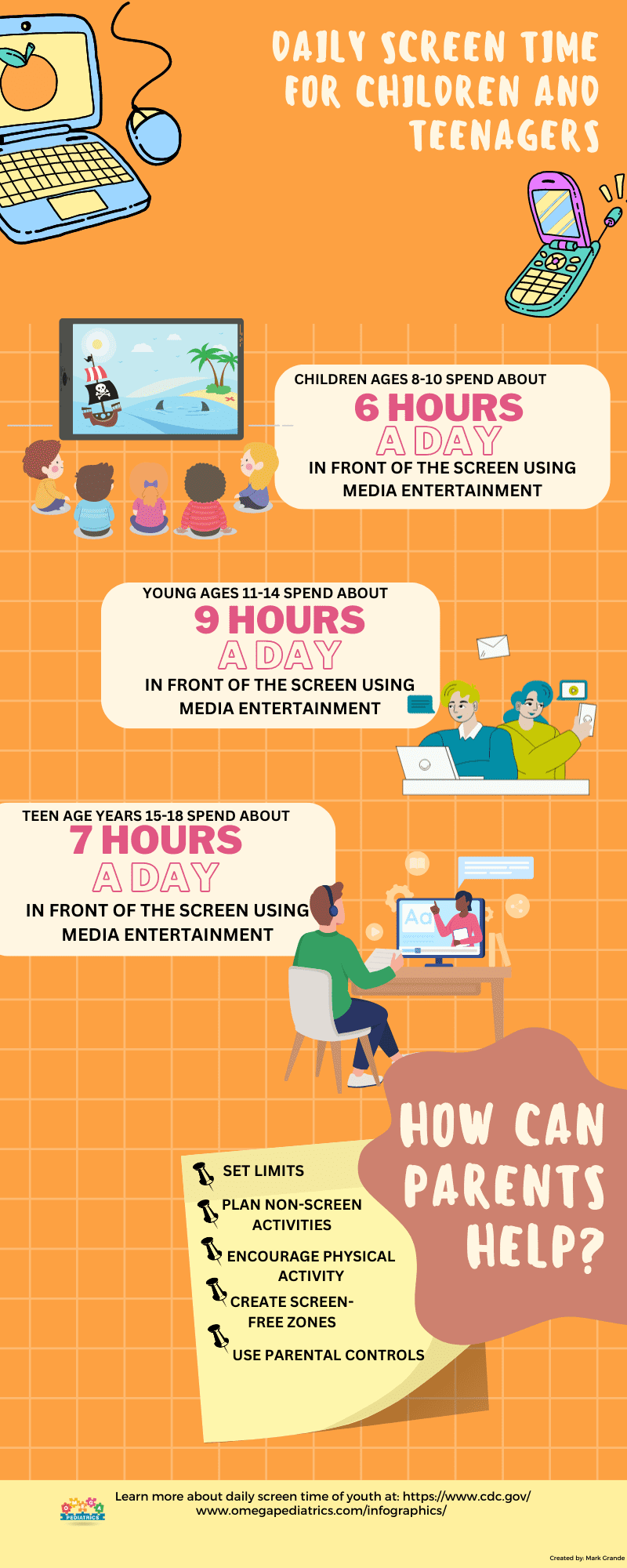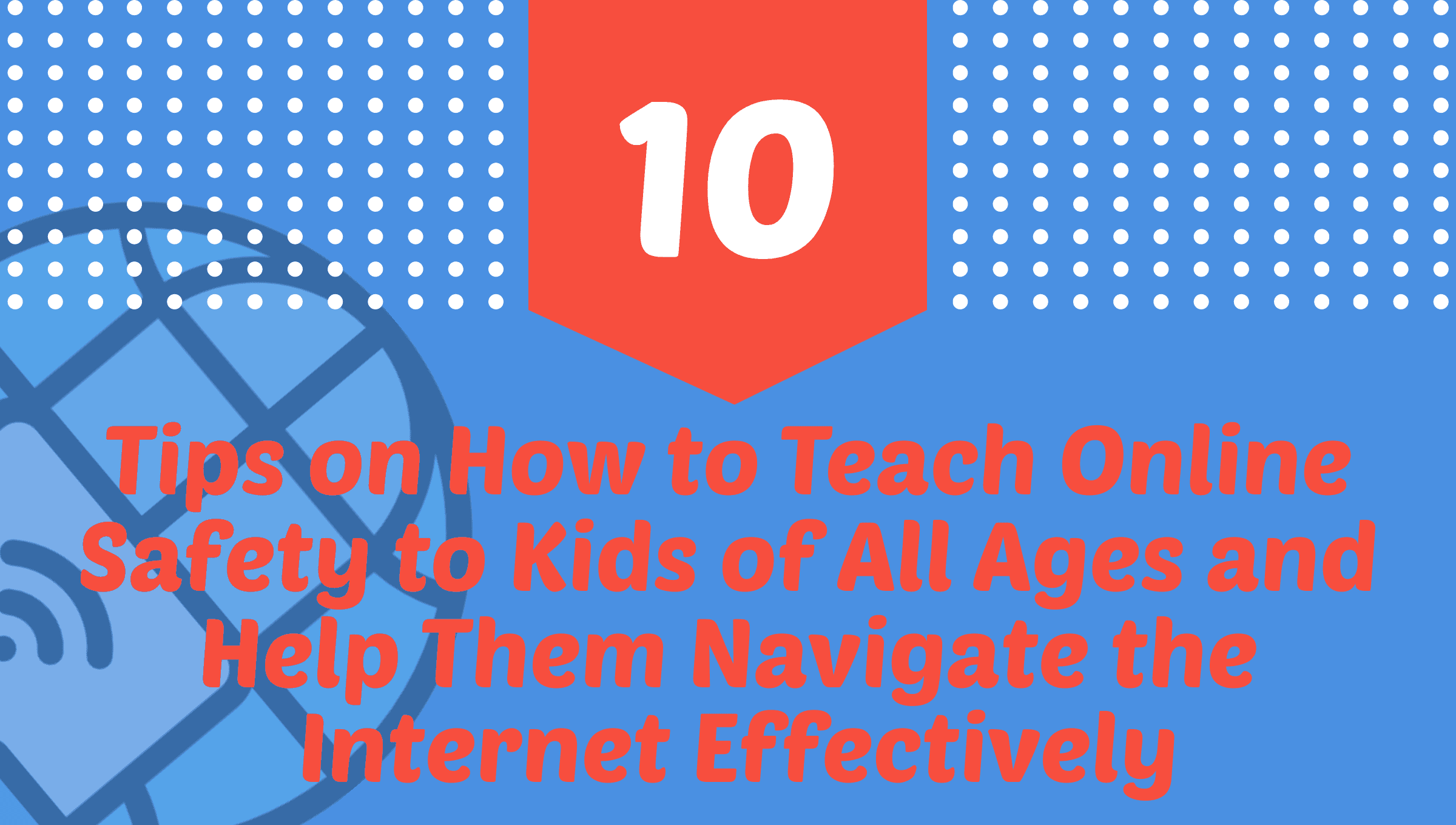
The amount of time children and teenagers spend in front of screens has increased significantly in recent years. Here is a breakdown of daily screen time for different age groups:
Children ages 8-10: On average, children in this age group spend about 6 hours a day engaged in screen-based media entertainment activities. This includes activities such as watching TV shows, playing video games, or using smartphones and tablets.
Young ages 11-14: As children transition into early adolescence, their screen time tends to increase. On average, children ages 11-14 spend about 9 hours a day in front of screens, engaging in various forms of media entertainment.
Teenage years 15-18: During the teenage years, screen time slightly decreases. On average, teenagers ages 15-18 spend about 7 hours a day in front of screens for media entertainment purposes.
The impact of excessive screen time on children and teenagers includes sedentary behavior, decreased physical activity, potential negative effects on mental health and well-being, and disrupted sleep patterns.
How can parents help?
Parents play a crucial role in managing and regulating their children’s screen time. Here are some strategies parents can implement to promote healthier screen habits:
- Set limits: Establish clear rules and limits on daily screen time. Communicate these expectations with your children and consistently enforce them.
- Plan non-screen activities: Encourage and plan non-screen activities that engage children in physical, creative, or social pursuits. This can include outdoor play, reading, arts and crafts, or family activities that foster face-to-face interactions.
- Encourage physical activity: Encourage regular physical activity and exercise as an alternative to screen time. Engage in physical activities together as a family and support participation in organized sports or physical hobbies.
- Create screen-free zones: Designate specific areas or times in the home where screens are not allowed, such as during meal times, in bedrooms, or during family conversations. This promotes a healthier balance between screen time and other activities.
- Use parental controls: Utilize parental control settings and software to limit access to inappropriate content, restrict screen time, or monitor online activities. These tools can help parents have more control and ensure a safer digital environment for their children.
- Be a positive role model: Limit your own screen time and demonstrate healthy screen habits. Show your children the importance of balancing screen use with other activities and prioritize face-to-face interactions.
By implementing these strategies, parents can help their children develop healthier screen habits, promote a balanced lifestyle, and create opportunities for varied activities that contribute to their overall well-being and development. Regular communication and open discussions about the benefits and potential risks of screen time are also important in fostering a healthy relationship with media and technology.



